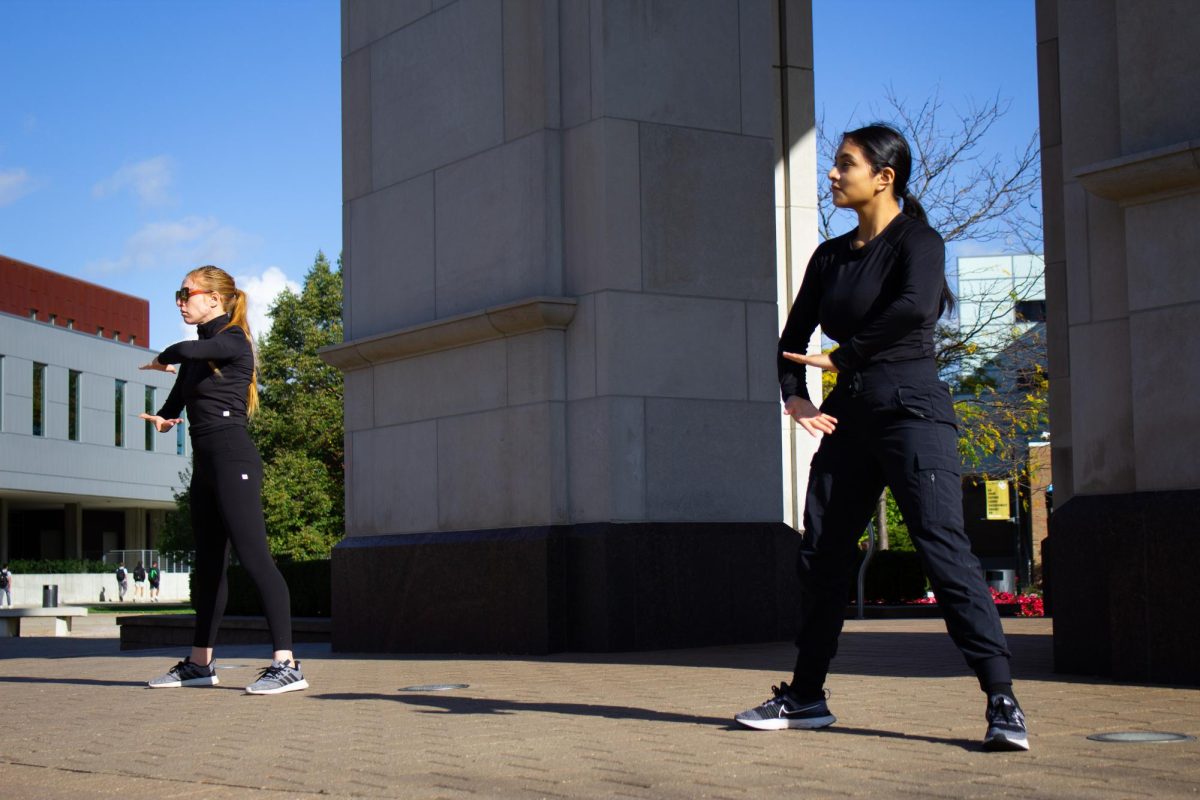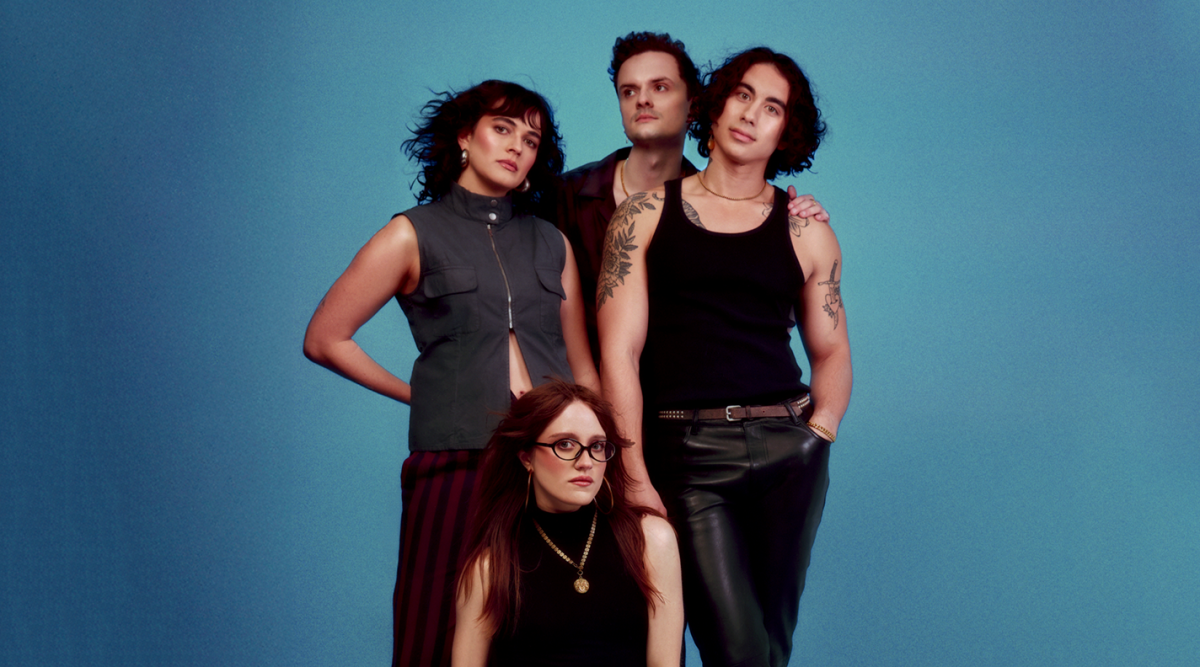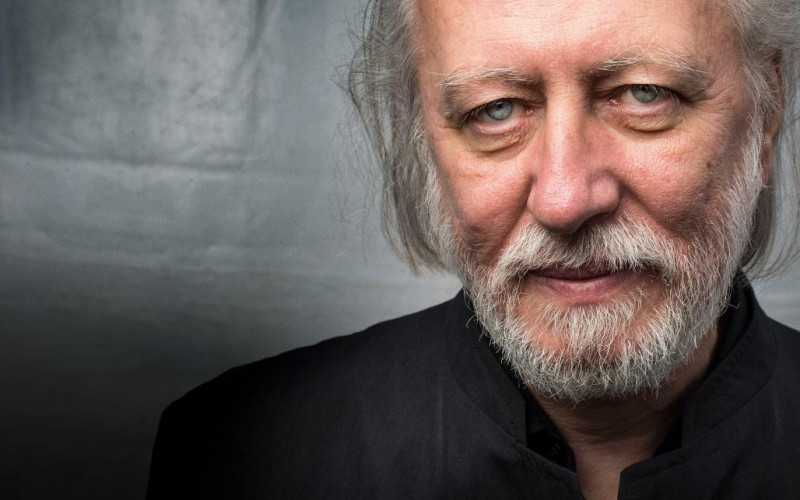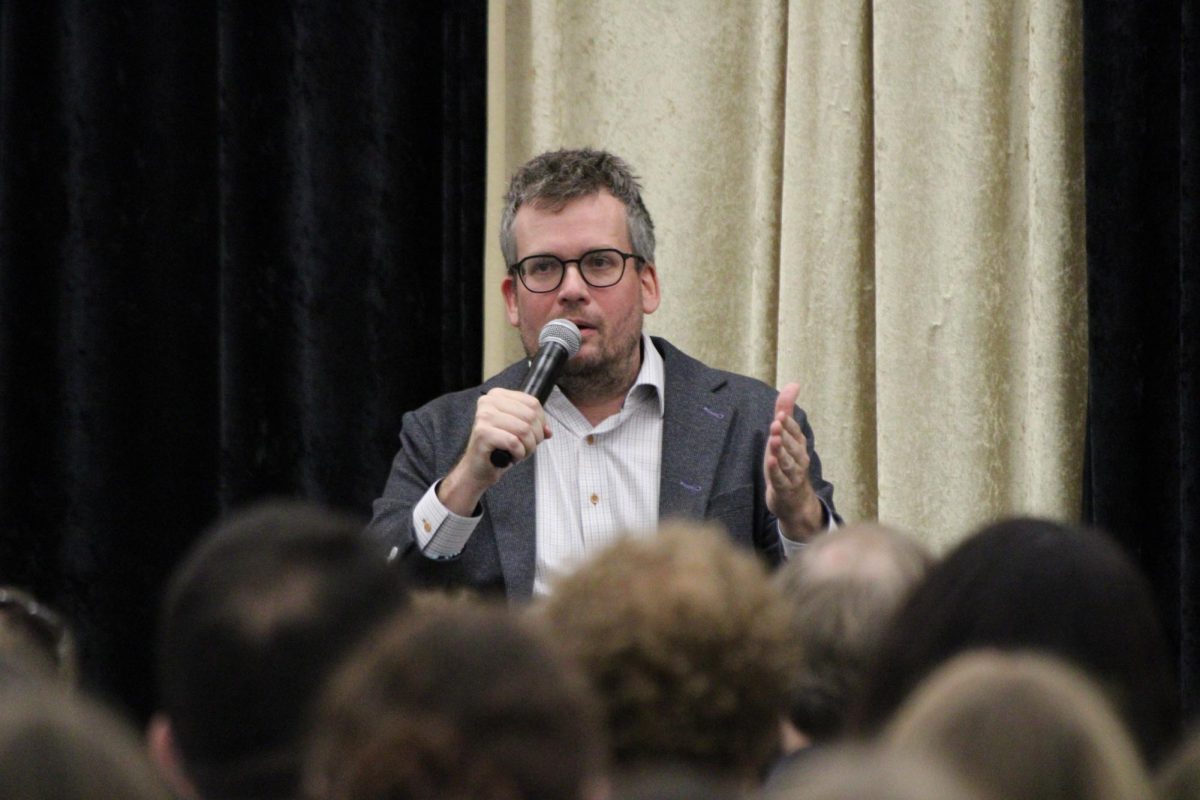On Friday, Oct. 6, Oakland University’s Dance Department’s Repertory Dance Company hosted their fourth annual Bodies in Protest event at Elliott Tower.
The event was originally created in response to the social unrest and political dialogue that emerged from the COVID-19 pandemic, and has since evolved to incorporate a wide breadth of protest and activism.
“The very first event was about reproductive rights, last year was about water politics — with water conservation themes. We’ve titled [the event] the same every year as ‘Bodies in Protest,’ which is kind of a very general wide open umbrella that you can spin off into any subject with,” Director of OU’s Repertory Dance Company Thayer Jonutz said.
Bodies in Protest uses the medium of dance as a form of activism — a departure from its usual purpose of entertainment and creativity. As a student-run company, the performances are completely conceptualized and choreographed by students — under the direction and guidance of Jonutz.
Because of its quick development at the start of each semester — and its unique location on campus — the event has to be approached differently than a fully produced dance piece for the traditional concert dance space.
The performers also have complete creative freedom when it comes to deciding what topic they are passionate about to represent through their performance, with this year’s ensemble of five reaching the unanimous decision to represent women’s rights and empowerment.
“Something that kept coming up in discussion was our personal experiences as women of various backgrounds — we have mothers in this group, we have women of color, we have women of all different religions and ethnic backgrounds and cultures,” sophomore dance major Aliyah Spears said.
Through this theme, the dancers wanted to pay homage to their different backgrounds, and find a way to do all of them justice as individuals. They felt an innate connection as women, but wanted to celebrate their unity while also honoring their diversity.
The Bodies in Protest performance on Friday incorporated a voice-over component that was a composition of speeches, spoken word and exclamations that all revolved around women. Narrations of daily routines, stories in different languages and empowering affirmations gripped the audience and echoed throughout Elliott Tower.
“My guidance involves saying, ‘Consider using this improvisational structure versus trying to choreograph every little detail with each other.’ I think with any kind of protest there is energy and meaning and symbolism, so I try to input that too in [the dancer’s] thought process[es] and creativity — that’s how the end circling and inviting the audience came about too,” Jonutz said.
The performance ended with the dancers inviting the audience to join their parade around the clock tower, symbolizing a physical representation of solidarity among waves of students passively walking by.
“We hope that the audience is able to see through a clearer lens how important it is to celebrate women and to uplift women as individuals. But also how it is just as important to build community and unity through all of that, and just support the women around you because women really do help the world go round,” Spears said.













